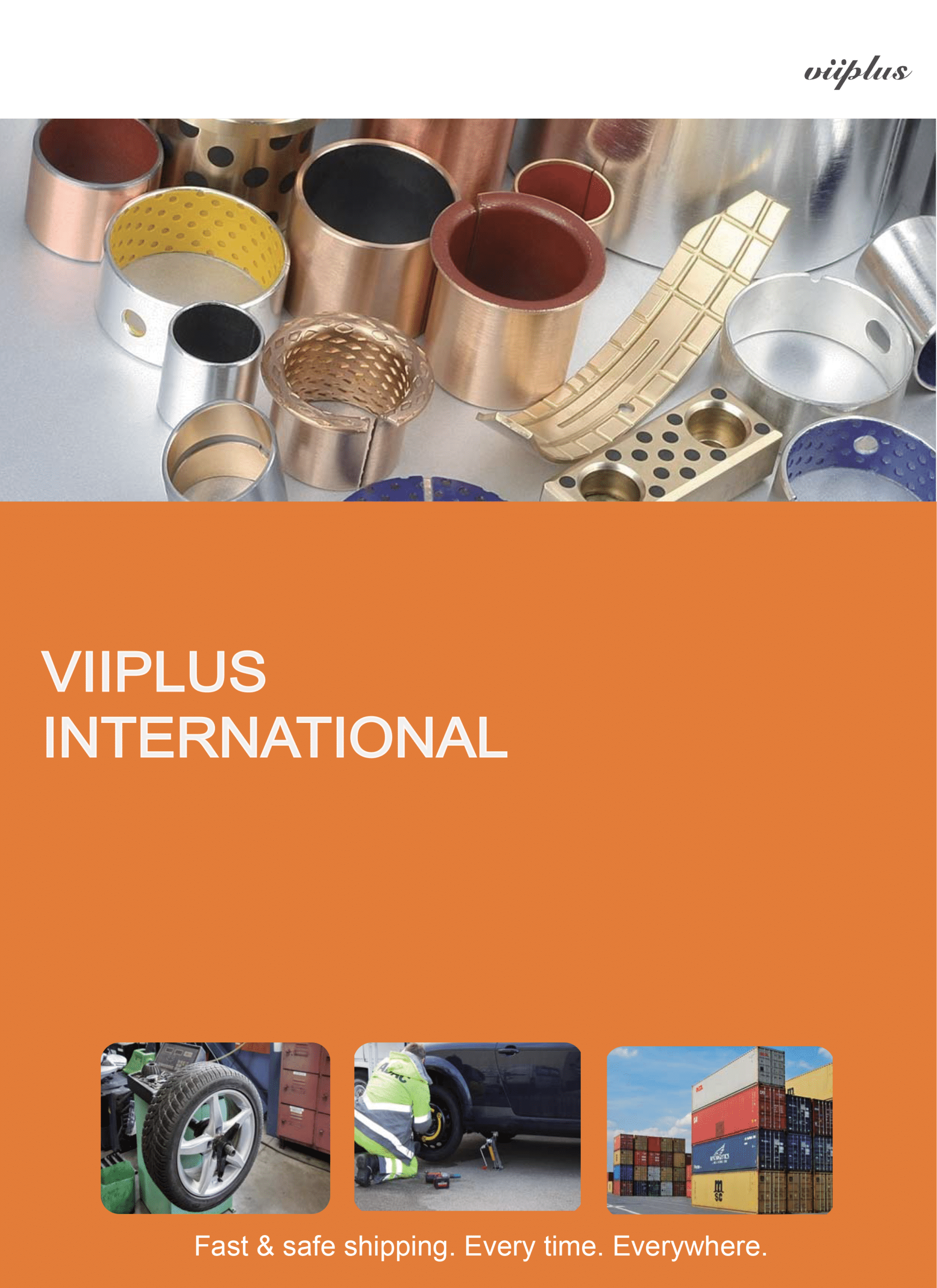self-lubricating coating bushing
Bearings and Bushings for the Future: Precision and Customization: Our company, in bearing engineering with decades of experience, designs and develops high-precision self-lubricating bronze bearings & plain bushes. We offer a wide array of sliding bearings tailored to meet specific needs. Renowned for our expertise in custom bronze bushing and slide plate solutions, we provide an expansive selection of bushing metal alloys. Contact us today to benefit from unparalleled services at competitive prices.
self-lubricating coating bushing
Self-lubricating coating as wear protection? – That’s how it works
We inspire our customers & support local businesses, Services You Can Trust
Experience
Discover the Benefits of Self-Lubricating Metal Layer Coating Bushings from China. Order Today!
Bearing Solutions
Get the Best Quality Self-Lubricating Metal Layer Coating Bushings from China. Order Now!
Online Support
Stay Ahead of the Competition with Self-Lubricating Metal Layer Coating Bushings from China. Contact Us!
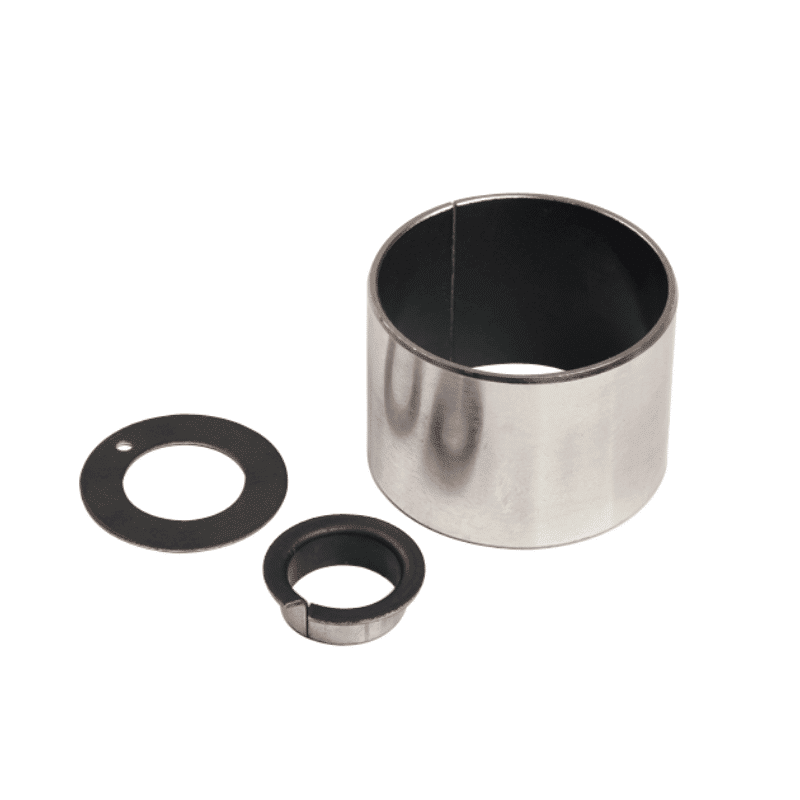
Import the Latest Technology in Self-Lubricating Metal Layer Coating Bushings from China. Contact Us!
Self-lubricating metal layer coating bushings are an important innovation in the field of mechanical engineering. These bushings are designed to reduce friction and wear in high-load applications, such as those found in industrial machinery and heavy equipment. In this article, we will explore the benefits and applications of self-lubricating metal layer coating bushings.
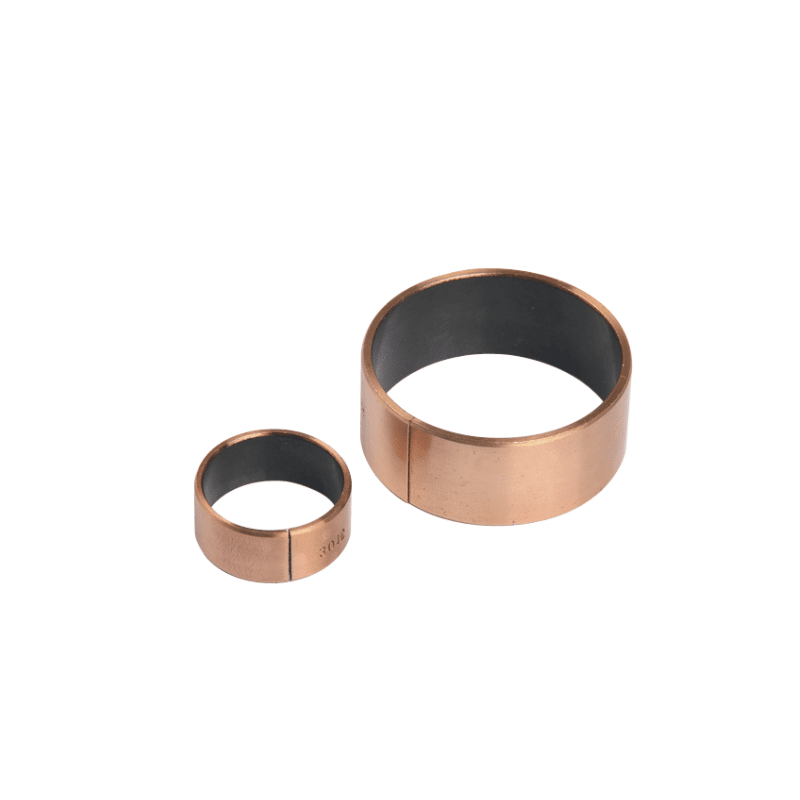
Define what a bushing isefine what a bushing is
A bushing is a cylindrical component that is inserted into a mechanical assembly to reduce friction and wear. It provides a low-friction surface between two moving parts, allowing them to move smoothly and quietly. Bushings are commonly used in a variety of applications, including automotive engines, industrial machinery, and consumer products.
Our self-lubricating metal layer coating bushings are of the highest quality and are designed to improve the lifespan of mechanical assemblies. Contact us now to learn more.
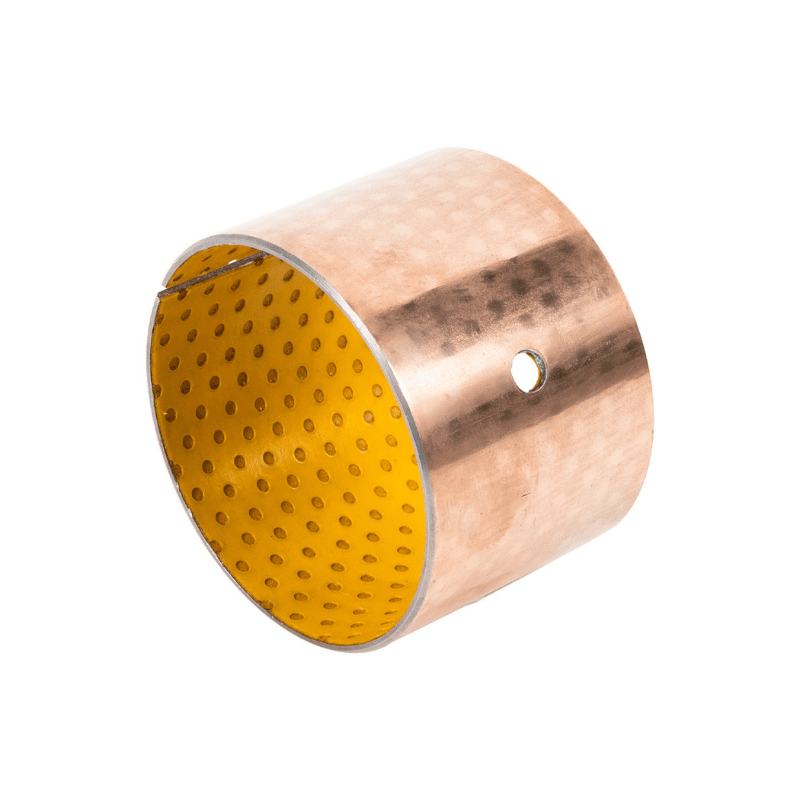
Boost Your Business with Self-Lubricating Metal Layer Coating Bushings from China. Order Now!
Self-lubricating metal layer coating bushings, also known as composite bushings, are a type of bushing that is made up of two layers. The outer layer is a metal shell, usually made of steel or bronze, that provides mechanical support and protection. The inner layer is a self-lubricating polymer coating that reduces friction and wear. The polymer coating is typically made of PTFE (polytetrafluoroethylene), which is a synthetic material that has excellent lubricating properties and is resistant to heat and chemicals.
Save grease effectively with lubrication-free bushing bearings!
Various self-lubricating bushes coating layer
Self-lubricating bushes are a type of plain bearing that can operate without the need for external lubrication. These bushes are coated with a thin layer of a solid lubricant, which provides a low-friction surface for the rotating shaft. There are several different types of coatings that can be used for self-lubricating bushes.
Long-lasting, self-lubricating coating bushing
Self-lubricating coatings are a type of protective coating that has been developed to provide wear protection in a variety of industrial applications. The coating works by reducing the friction between two surfaces, which in turn reduces wear and tear on the surfaces. This technology has the potential to revolutionize the way we protect machines, equipment and other industrial components from wear and tear.
Our self-lubricating metal layer coating bushings can help you save time and money by eliminating the need for frequent maintenance and lubrication. Order now and experience the benefits.
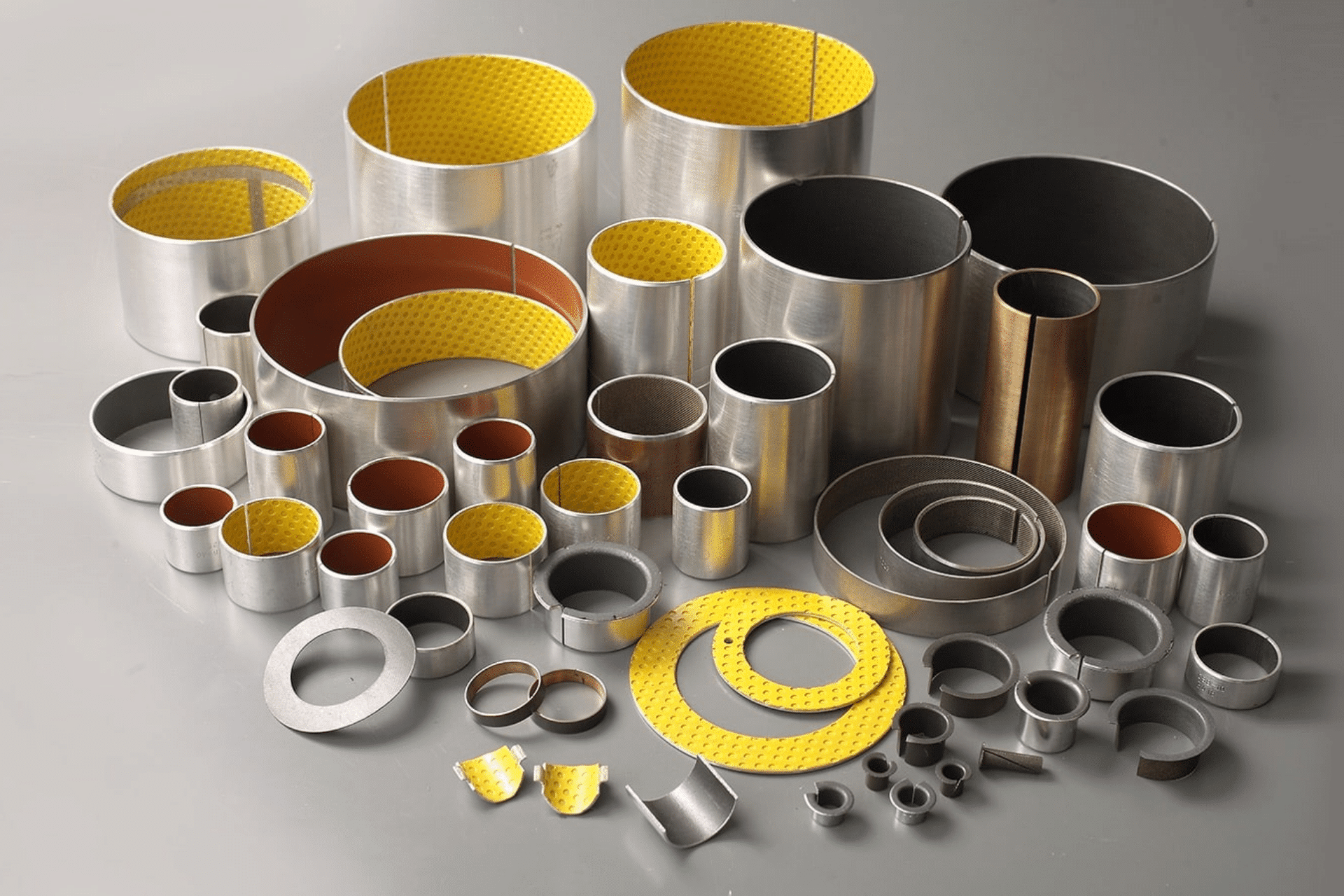
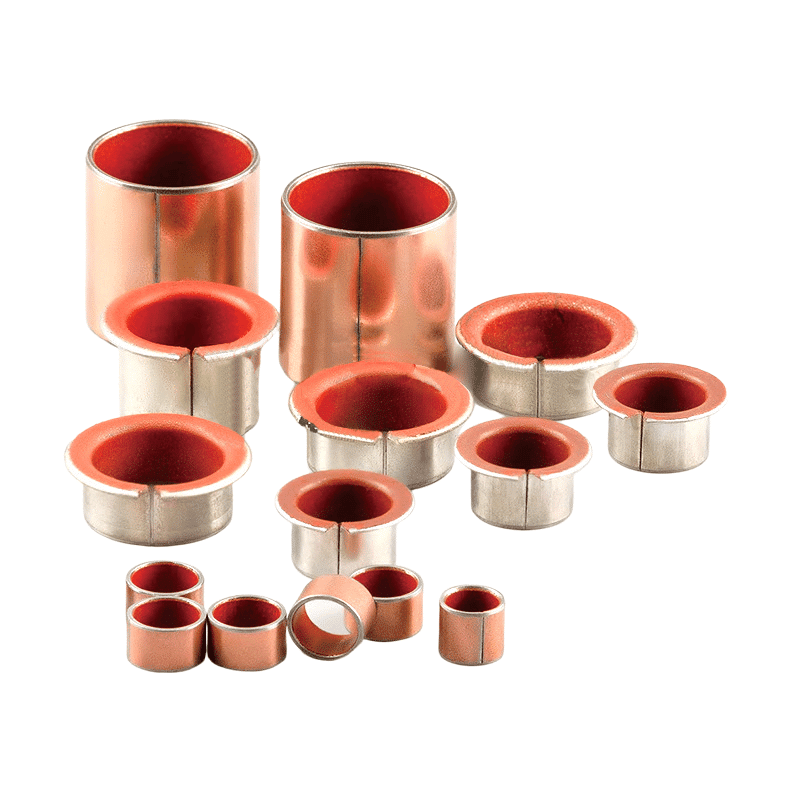
Get the Best Deals on Self-Lubricating Metal Layer Coating Bushings from China. Inquire Now!
What is self-lubricating coating?
Self-lubricating coating is a thin layer of material that is applied to a surface in order to reduce friction and wear. The coating is designed to provide a long-lasting protective barrier that is able to withstand the harsh conditions of industrial environments. The key feature of self-lubricating coatings is that they are able to reduce friction by releasing a lubricant from within the coating itself, which acts as a protective layer between the surfaces.
Our self-lubricating metal layer coating bushings feature the latest technology and are perfect for high-load applications. Import them today and stay ahead of the competition. We offer the best deals on self-lubricating metal layer coating bushings from China. Contact us now to get started.

Save Time and Money with Self-Lubricating Metal Layer Coating Bushings from China. Order Today!
Self-lubricating metal layer coating How does it work?
self-lubricating metal layer coating bushings are an important innovation in the field of mechanical engineering. Their ability to reduce friction and wear, resist damage, and eliminate the need for additional lubrication make them a cost-effective and convenient solution for a wide range of applications. As technology continues to evolve, we can expect to see even more advances in the field of self-lubricating bushings and other mechanical components.
Self-lubricating coatings work by using a variety of different mechanisms to release the lubricant. Some coatings use microcapsules that are embedded within the coating material, which release the lubricant when the capsules are ruptured. Other coatings use solid lubricants, such as graphite or molybdenum disulphide, that are embedded within the coating material and are released as the coating wears down. The release of the lubricant helps to reduce the friction between the two surfaces and provides a protective barrier that reduces wear.
Boost your business with our self-lubricating metal layer coating bushings, which are designed to reduce friction and wear. Order now and experience the benefits.
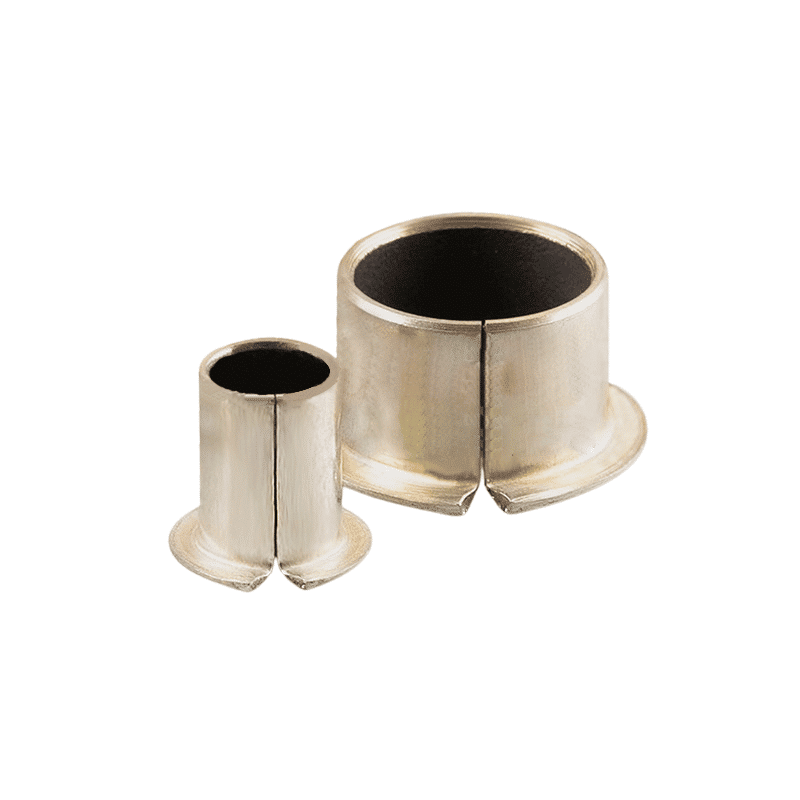
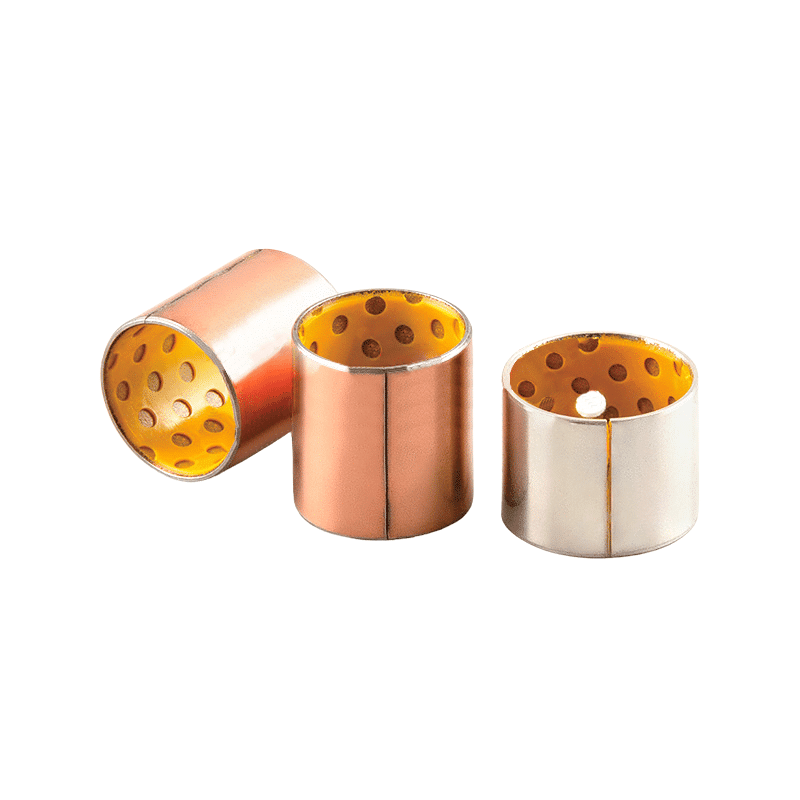
High-Quality Self-Lubricating Metal Layer Coating Bushings from China. Contact Us Now!
Benefits of self-lubricating coatings
Discover the benefits of our self-lubricating metal layer coating bushings, which are resistant to heat, chemicals, and corrosion. Order today to experience the difference.
Self-lubricating coatings provide a number of benefits over traditional wear protection solutions. One of the main benefits is that they provide a long-lasting protective barrier that can withstand the harsh conditions of industrial environments. They are also able to reduce the need for maintenance and repair, as they are able to provide continuous wear protection without requiring frequent application or reapplication.
Self-lubricating coatings are also able to provide a higher degree of precision and accuracy than traditional wear protection solutions. This is because they are able to reduce the amount of friction between the two surfaces, which in turn reduces the amount of wear and tear on the surfaces. This is particularly important in precision machinery, where even a small amount of wear can cause significant problems.
There are different slide-bearing layers that can be used in a wide variety of applications. Be it for optical or technical reasons. Polymer coatings made of metal composite materials exemplarily serve as a direct wear layer and can therefore reduce the coefficient of friction and wear in an application without having to introduce additional components into the design.
Self-lubricating coated bearings are a popular choice in many industrial applications due to their ability to operate without the need for external lubrication. These bearings are coated with a thin layer of a solid lubricant, which provides a low-friction surface for the rotating shaft. One critical factor in the design of self-lubricating coated bearings is the thickness of the coating layer. In this article, we will explore the different layer thicknesses used in self-lubricating coated bearings and the impact they have on bearing performance.
Layer Thicknesses:
The thickness of the coating layer on a self-lubricating coated bearing can have a significant impact on its performance. The layer thickness can affect the load-carrying capacity, friction, wear resistance, and overall durability of the bearing. The optimal layer thickness will depend on the specific application and the operating conditions the bearing will be exposed to. Here are some common layer thicknesses used in self-lubricating coated bearings:
Thin coatings: Thin coatings are typically less than 10 microns thick and are ideal for applications with low loads and speeds. Thin coatings can provide a low-friction surface that can help reduce wear and extend bearing life. However, they may not be suitable for applications with high loads or temperatures.
Medium coatings: Medium coatings are typically between 10 and 25 microns thick and are ideal for applications with moderate loads and speeds. Medium coatings can provide good wear resistance and load-carrying capacity while still maintaining a low friction coefficient.
Thick coatings: Thick coatings are typically greater than 25 microns thick and are ideal for applications with high loads or extreme environmental conditions. Thick coatings can provide excellent wear resistance and load-carrying capacity, but may have a higher friction coefficient than thinner coatings.
Impact on Performance:
The layer thickness of a self-lubricating coated bearing can have a significant impact on its performance. A thin coating may provide a low friction coefficient, but may not be able to withstand high loads or extreme temperatures. A thick coating may provide excellent wear resistance and load-carrying capacity, but may have a higher friction coefficient that can impact performance.
In general, thicker coatings are more suitable for high-load and high-temperature applications, while thinner coatings are more suitable for low-load and low-temperature applications. It is important to carefully consider the operating conditions and load requirements of the application when selecting the appropriate layer thickness for a self-lubricating coated bearing.
Conclusion:
In conclusion, the layer thickness of a self-lubricating coated bearing is a critical factor in its performance. The appropriate layer thickness will depend on the specific application and the operating conditions the bearing will be exposed to. Thin coatings are ideal for low-load and low-temperature applications, while thick coatings are more suitable for high-load and high-temperature applications. By carefully selecting the appropriate layer thickness, it is possible to create a self-lubricating coated bearing that provides optimal performance and durability.
Applications of self-lubricating coatings
Self-lubricating coatings have a wide range of applications in a variety of industries. They can be used to protect machinery, equipment and other industrial components from wear and tear. They are also used in the aerospace industry, where they are used to protect aircraft components from wear and tear caused by friction and vibration.
Self-lubricating coatings are also used in the automotive industry, where they are used to protect engines and other components from wear and tear. They are also used in the oil and gas industry, where they are used to protect drilling equipment and other components from wear and tear caused by the harsh conditions of oil and gas drilling.
Stay ahead of the competition with our self-lubricating metal layer coating bushings, which are designed to reduce friction and wear. Contact us now to learn more.
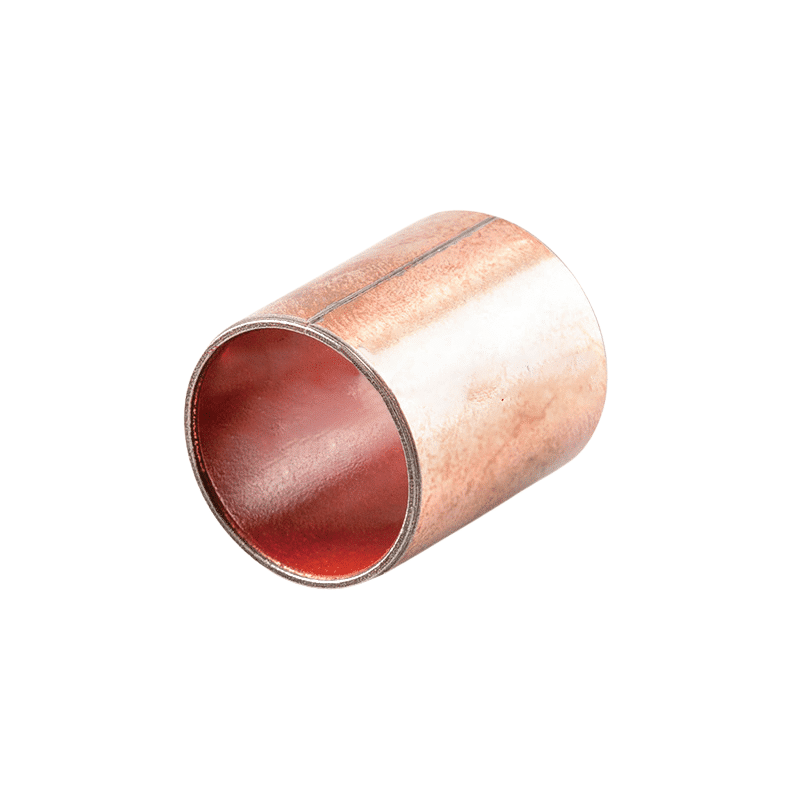
We manufacture self-lubricated coated bushing tailored to your individual needs.
Various self-lubricating bushes coating layer
We will explore some of the most common self-lubricating bush coatings and their properties.
PTFE (Polytetrafluoroethylene) Coating:
PTFE is a common material used for self-lubricating bush coatings. It has a low friction coefficient and can operate over a wide temperature range. PTFE coatings can provide good wear resistance and can withstand corrosive environments. However, they may not be suitable for applications with high loads or shock loads.
Graphite Coating:
Graphite is another common material used for self-lubricating bush coatings. It has a low friction coefficient and can operate over a wide temperature range. Graphite coatings can provide good wear resistance and can withstand shock loads. However, they may not be suitable for applications with corrosive environments.
Molybdenum Disulfide Coating:
Molybdenum disulfide (MoS2) is a solid lubricant that can be used as a coating for self-lubricating bushes. It has a low friction coefficient and can withstand high loads and temperatures. MoS2 coatings can provide excellent wear resistance and can withstand corrosive environments. However, they may not be suitable for applications with shock loads.
Tungsten Disulfide Coating:
Tungsten disulfide (WS2) is another solid lubricant that can be used as a coating for self-lubricating bushes. It has a low friction coefficient and can operate over a wide temperature range. WS2 coatings can provide excellent wear resistance and can withstand high loads and shock loads. However, they may not be suitable for applications with corrosive environments.
Nickel Plating Coating:
Nickel plating is a coating that can be used for self-lubricating bushes. It has a low friction coefficient and can operate over a wide temperature range. Nickel plating can provide good wear resistance and can withstand corrosive environments. However, it may not be suitable for applications with high loads or shock loads.
Conclusion:
In conclusion, there are several different types of coatings that can be used for self-lubricating bushes. PTFE, graphite, molybdenum disulfide, tungsten disulfide, and nickel plating are some of the most common coatings used. The appropriate coating will depend on the specific application and the operating conditions the bush will be exposed to. By carefully selecting the appropriate coating, it is possible to create a self-lubricating bush that provides optimal performance and durability.
Here are some important design considerations for a dry metal bearing coated bushing:
Material Selection: The first step in designing a dry metal bearing coated bushing is selecting the appropriate material. The bearing material should be able to withstand the loads and pressures that will be placed on it, as well as any environmental factors that may be present, such as moisture or temperature variations. Common materials for dry metal bearings include bronze, brass, and other copper alloys.
Surface Finish: As discussed in the previous article, the surface finish of the bushing is critical for reducing friction and wear. When designing a dry metal bearing coated bushing, it is important to select a surface finish that will promote proper lubrication and reduce wear. A honed or polished surface finish is often used for dry metal bearings, as it provides a smooth surface that can help retain a thin film of lubricant.
Coating Selection: The coating on a dry metal bearing can help improve wear resistance and reduce friction. Common coatings for dry metal bearings include PTFE, molybdenum disulfide, and other solid lubricants. The coating should be carefully selected based on the specific application and the operating conditions the bearing will be exposed to.
Bearing Design: The design of the bushing is also important when creating a dry metal bearing coated bushing. The bushing should be designed with appropriate clearances to allow for proper lubrication and prevent metal-to-metal contact. The geometry of the bearing can also be optimized to improve load-carrying capacity and reduce friction.
Testing: Finally, it is important to test the dry metal bearing coated bushing to ensure that it meets the required performance standards. This may include testing for wear resistance, friction, and load-carrying capacity under various operating conditions. Testing can also help identify any potential issues with the design or manufacturing process that need to be addressed.
self-lubricating metal layer coating bushings
Our self-lubricating metal layer coating bushings are made of the highest quality materials and are designed to last. Order now to get the best quality bushings for your mechanical assemblies.
The self-lubricating properties of these bushings are what make them unique. Unlike traditional bushings that require additional lubrication, self-lubricating metal layer coating bushings do not need any additional lubrication. This makes them more convenient and cost-effective, as they eliminate the need for frequent maintenance and lubrication.
Self-lubricating metal layer coating bushings have a number of benefits. One of the main benefits is their ability to reduce friction and wear. Friction and wear are two of the main causes of mechanical failure in high-load applications, and self-lubricating bushings can help prevent these problems. By reducing friction and wear, these bushings can increase the lifespan of mechanical assemblies and reduce maintenance costs.
Another benefit of self-lubricating metal layer coating bushings is their resistance to corrosion and other types of damage. The metal shell provides protection against external damage, while the polymer coating is resistant to chemicals and high temperatures. This makes them ideal for use in harsh environments, such as those found in industrial applications.
Self-lubricating metal layer coating bushings are also versatile and can be used in a variety of applications. They are commonly used in automotive engines, construction equipment, and agricultural machinery. They can also be used in consumer products, such as appliances and office equipment.
Surface Finishes for Bearing Bushings:
Bearing bushings are critical components used in many different types of machinery, from automobiles to industrial equipment. They provide a smooth, low-friction surface for rotating shafts, allowing them to move easily and efficiently. One important aspect of bearing bushing design is the surface finish and coating used on the components. In this article, we’ll explore the surface finishes and coatings commonly used on bearing bushings, and the benefits they provide.
Surface Finishes for Bearing Bushings:
The surface finish of a bearing bushing is a critical factor in its performance. A smooth surface finish is essential for reducing friction and wear, and promoting proper lubrication. There are a number of different surface finishes that can be used on bearing bushings, including:
Ground finish: This is the most common type of surface finish used on bearing bushings. It is achieved by grinding the surface of the bushing to a smooth, flat finish. Ground finishes provide excellent wear resistance and reduce friction, making them ideal for high-load applications.
Honed finish: Honing involves the use of a honing tool to create a very smooth, even finish on the surface of the bushing. Honed finishes provide even better wear resistance than ground finishes, and are often used in high-precision applications.
Polished finish: Polishing involves using a polishing tool to create a mirror-like finish on the surface of the bushing. Polished finishes provide the lowest friction of any surface finish, making them ideal for low-load applications.
Coatings for Bearing Bushings:
In addition to surface finishes, coatings can be applied to bearing bushings to provide additional protection against wear and corrosion. Some common coatings used on bearing bushings include:
Zinc: Zinc coatings are often used to protect bearing bushings from corrosion. Zinc coatings provide excellent corrosion resistance, but are not very wear-resistant.
Phosphating: Phosphating involves the application of a phosphate coating to the surface of the bushing. Phosphate coatings provide excellent wear resistance and are often used in high-precision applications.
Teflon: Teflon coatings provide an extremely low-friction surface for bearing bushings. They are ideal for low-load applications, but are not as wear-resistant as other coatings.
Chrome: Chrome coatings provide excellent wear resistance and corrosion protection, making them ideal for high-load applications. However, they can be expensive and are not as environmentally friendly as other coatings.
Conclusion:
The surface finish and coating used on a bearing bushing can have a significant impact on its performance. The right surface finish and coating can reduce friction and wear, promote proper lubrication, and provide protection against corrosion. When selecting a bearing bushing for a specific application, it is important to consider the load, speed, and environmental conditions that it will be exposed to, as well as the type of surface finish and coating that will provide the best performance. By taking these factors into account, you can select a bearing bushing that will provide optimal performance and longevity.
BUSHING DEAIGN
Design of the bushing to be dry metal bearings coated
When designing a bushing to be a dry metal bearing coated, there are several important factors to consider. Dry metal bearings are designed to operate without the need for external lubrication, making them ideal for applications where lubricants can be difficult to maintain or where environmental regulations limit the use of oils and greases.
Top quality
Designing a bushing to be a dry metal bearing coated requires careful consideration of the material, surface finish, coating, and bearing design.
Dry metal bearing
By carefully selecting the appropriate components and testing the bushing under various operating conditions, it is possible to create a high-performance dry metal bearing coated bushing that can operate without the need for external lubrication.

Solutions For Every Industry
Searching for Dependable Bushing Solutions? viiplus Has What You Need.

Design Guides, Materials
Bushing design, Comprehensive design manuals covering a range of self-lubricating materials used in all of viiplus’s manufacturing processes.

Technical Guides
Manufacturing On Demand, Technical Guides For Machining Design. Discover the latest in metal alloys, materials, and design tips for manufacturing custom machined and self-lubricating bearing parts.

Get Instant Quote
To receive your instant quote, simply upload your drawing file and choose your production process & bushing material.

Prototyping, Place Order
After you place your order, we will start the production process. You will receive updates when your order has completed production and is ready to be dispatched.

Receive Your custom Parts
We provide precision-inspected high-quality parts, packing lists and documents, and delivery tracking.

